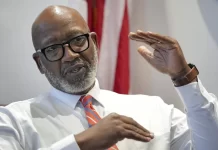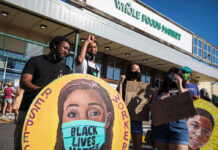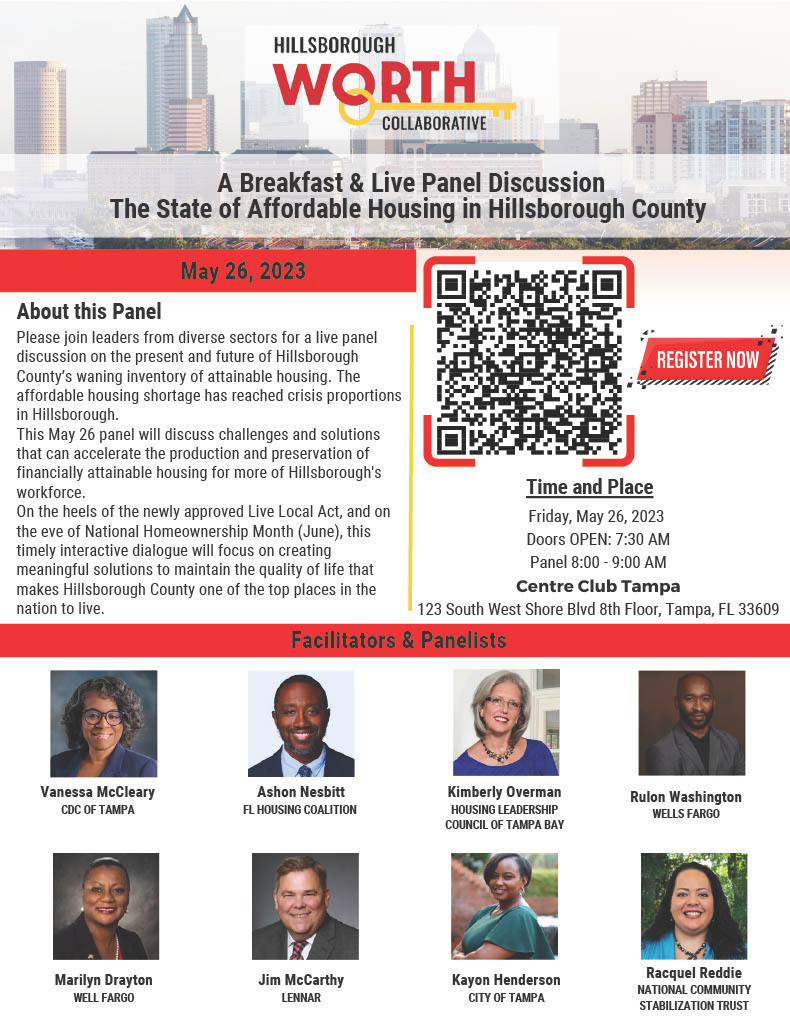A local reporter once wrote that studying black history in St. Petersburg was “like trying to scan a century from the flickering images on a faulty television screen.”
The picture is so grainy because so little exists in media and history archives about the city’s fast-growing black community, especially in the early 20th century.
Only a handful of historians have endeavored to dig through the scant records to assemble our story. Credit to Rosalie Peck, Jon Wilson, Ray Arsenault, Gwendolyn Reese and others for their commitment to this cause.
In honor of Black History Month, here are a few little known “firsts” in local black history (drawn from research for my in-draft book on the economic history of African Americans in St. Petersburg).
First business establishment & candidate for public office
Though never written about until recently, Enoch Powell (a black man) accounts for several “firsts” in the history of St. Petersburg. He owned the first (known) black business establishment in St. Pete – a barbershop that was in operation in 1891 and remained in business for at least 10 years. He also happened to be the only barber in St. Petersburg – black or white – in 1891, when he was colorfully written of by a tourist in an account later captured by famed local historian Karl Grismer.
Powell was also the first African American (known) to run for public office in St. Petersburg (in 1901, securing a total of one vote in his bid to become a Councilman).
First black school
It’s commonly thought that Davis Academy was the first black school in St. Petersburg and that it opened in 1910. In fact, county officials established the first black school here in 1894. Records are sparse but my research finds news clips about it from 1896 onward.
First work strikes
Many people believe that the famous Sanitation Worker Strike of 1968 was the first or largest protest action staged by African American workers. The first (known) attempt to bargain for better pay was in 1908 (by 20 black waiters). Black workers had attempted to organize and strike many times over the years, with more losses than wins. The first successful strike by black workers (so far found) was in 1925 when about 200 black construction laborers walked off the job and won their demand for a 50-cent daily pay raise.
The 1968 episode is, I believe, the longest work boycott by black workers in city history (116 days), but it was at least the third strike by black Sanitation workers. The first tried was in 1950.
First African American developer
Elder Jordan, Sr. is often thought to be the first black developer in St. Pete. The first was probably Samuel S. Harper who built a 3-story “business block” in 1904. Harper was described in the local newspaper as “one of the most successful colored businessmen in this section of Florida.” His development was deemed “one of the most creditable building enterprises of the city.” The building was located “on the east side of Ninth street just south of the A.C.L. track.”[1]
Jordan might have been the second African American to venture commercial development in St. Petersburg, beginning in 1907, I believe. It appears that Jordan was misidentified as “E. Jerdin” in a news clip that year about a mixed-use development in the all-black Gas Plant area. The clip, titled simply “House,” announced, “E. Jerdin, colored, is erecting a structure on Second avenue south and Tenth street. Space is reserved in front for two stores and the rest will be a fourteen-room boarding house.”[2]
First property owners were formerly enslaved
Several of the earliest black property owners I’ve so far identified were formerly enslaved. Well known is the story of John Donaldson who moved here with his employer in 1868 and purchased 40 acres in 1871. He was the first.
The second appears to have been Alex Murphy, who worked as a supervisor in agriculture and later as an entrepreneur. He owned properties in St. Pete as early as 1894.
Donaldson passed away in 1901. Murphy died in 1921 at the age of 73. He was remembered in the newspaper as “one of the negro pioneers to St. Petersburg, having lived here 31 years with his wife, Lavonia Murphy,” who was a one-time director of Mercy Hospital.
Murphy was one of 11 “mulattoes” living in St. Petersburg in 1910, according to the census. For those unfamiliar, mulatto is an antique term that generally referred to someone who was half-white and half-black. Mulattoes were often the children of their former owners.
Murphy was about 17 years old when the 13th amendment to the U.S. Constitution was ratified in 1865.
To share black history notes with us, please email Latorra Bowles, Project Manager & Research Assistant, at [email protected].
[1] St. Petersburg Times, “A Creditable Enterprise,” July 9, 1904, p1
[2] St. Petersburg Times, “HOUSE,” July 12, 1907, p6
















